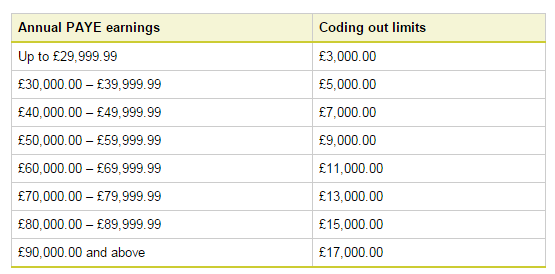New Rules For IR35 Workers In The Public Sector Start 6 April 2017
There are significant changes that commence on 6 April 2017 for workers in the public sector supplying their services via their own personal service companies or other intermediaries.From 6 April 2017 the public sector employer or agency that engages the worker will have to review the employment status of the worker and decide whether or not to deduct tax and national insurance from payments to the worker even though he or she invoices for the services through their own company.
An online tool called “The Employment Status Service” is expected to be made available by the end of February 2017 and can help them make that decision. The tool can be used if the worker uses either an employment agency, or other third-party to get work.
These changes come on top of the restrictions on the tax deductibility of travelling expenses for IR35 workers that came into effect on 6 April 2016.
Please contact us if you want to discuss whether or not these rules affect you or your organisation.
Making Tax Digital To Start In April 2018
Legislation to introduce Making Tax Digital (MTD) will be included in the Finance Bill 2017 and despite many objections that it was too soon, the new system of quarterly reporting will commence in April 2018 for the self-employed and property landlords.There were 1200 responses to the consultation documents issued in summer 2016 and a number of changes have been made to the original proposals.
Much of the detail will be introduced by secondary legislation and there will be further consultation on a number of measures but the key proposals are:
Businesses will be allowed to use spreadsheets to keep their accounting records.
Businesses eligible for three line accounts will be able to submit a quarterly update with only three lines of data (income, expenses and profit).
Free software will be available to businesses with more straightforward affairs.
Businesses will not have to make and store invoices and receipts digitally.
There will be no late filing penalties in the first year of the new system.
The deadline for finalising taxable profit for a period will be the earlier of:
• 10 months after the last day of the period of account, or
• 31 January following the year of assessment in which the profits for that period of account are chargeable
Businesses and property landlords with a turnover up to £150,000 will be able to prepare accounts on a cash basis
Digital quarterly reporting for companies and larger partnerships will not be introduced until April 2020. These changes will have a significant impact on how you keep your business accounts and communicate with HMRC. Please contact us to discuss the impact of these changes on the way that you keep your accounts.
New Company Loss Relief Rules Start On 1 April 2017
New rules that will allow greater flexibility in the way that companies obtain relief for losses will apply to losses incurred from 1 April 2017 onwards.
These rules have been introduced to encourage companies to diversify as the losses may be available to offset against profits of another activity in a future period and even those of a company in the same group.
The proposed new rules were consulted on last summer and are included in the latest Finance Bill.
Although there will be greater flexibility for “new” losses arising after 1 April 2017, “old” trading losses incurred prior to that date will continue to be restricted and will only be available to be offset against future profits from that same trade. The new rules are very complicated and we will of course work with you to ensure that your company obtains relief for losses in the most advantageous way.
Buying A Company With Losses
The new flexible loss relief rules coming into effect from 1 April 2017, will make the purchase of a loss-making company attractive. For many years there has been anti-avoidance to block the use of such losses and it is proposed that these rules will continue to apply.
The draft clauses in Finance Bill 2017 will continue to block such losses where within a five year period there is both a change in the ownership of the company and a major change in the nature or conduct of the trade carried on by the acquired company.
Don’t Lose Your Personal Allowance!
For every £2 that your adjusted net income exceeds £100,000, the £11,000 personal allowance is reduced by £1. Pension contributions and Gift Aid can help to reduce adjusted net income and save tax at an effective rate of 60%.
The restriction applies between £100,000 and £122,000 adjusted net income. Another way that you could avoid this trap would be to agree with your employer to sacrifice some of your salary in exchange for a tax free benefit in kind. These rules are changing from 6 April 2017 but employer pension contributions and childcare vouchers will continue to be effective.












